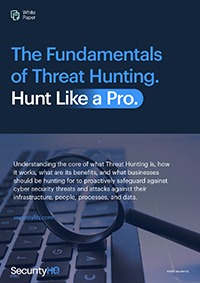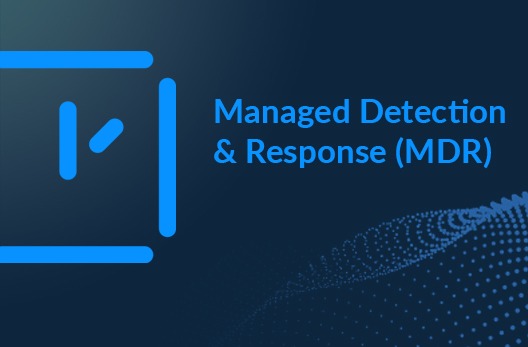Although many organisations know about cyber security, have cyber security measures in place, and an overall view of the services included, few know what Threat Hunting means and the benefits it can bring to their business. Let alone how to utilise Threat Hunting, what triggers Threat Hunting, who should be performing Threat Hunting, the strategies behind Threat Hunting, what the output of Threat Hunting should be, or how to effectively track efforts to ensure that lessons are learnt as capabilities evolve.
The Challenge – Without threat intelligence, it is impossible to know what information is available across all digital platforms. Especially regarding business information and data. In fact, most organisations are unaware of who or what is targeting them at any given time.
The Solution – Threat experts look for signs that risks, such as vulnerabilities, sensitive data, user credentials, or intellectual property have been exposed. So that businesses know what is vulnerable, know what information is available, and are aware of who and what is targeting them before an attack is made.
This Paper Answers the Following Questions
Download White Paper
This site is protected by reCAPTCHA and the Google Privacy Policy and Terms of Service apply.

Know what your attackers are doing, see what they are looking at and, from that, prepare yourself. Forewarned is forearmed.
Download White Paper











